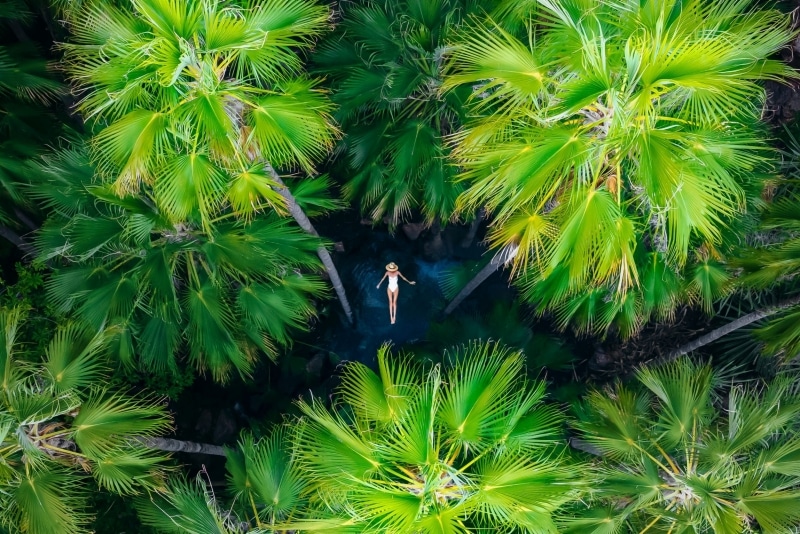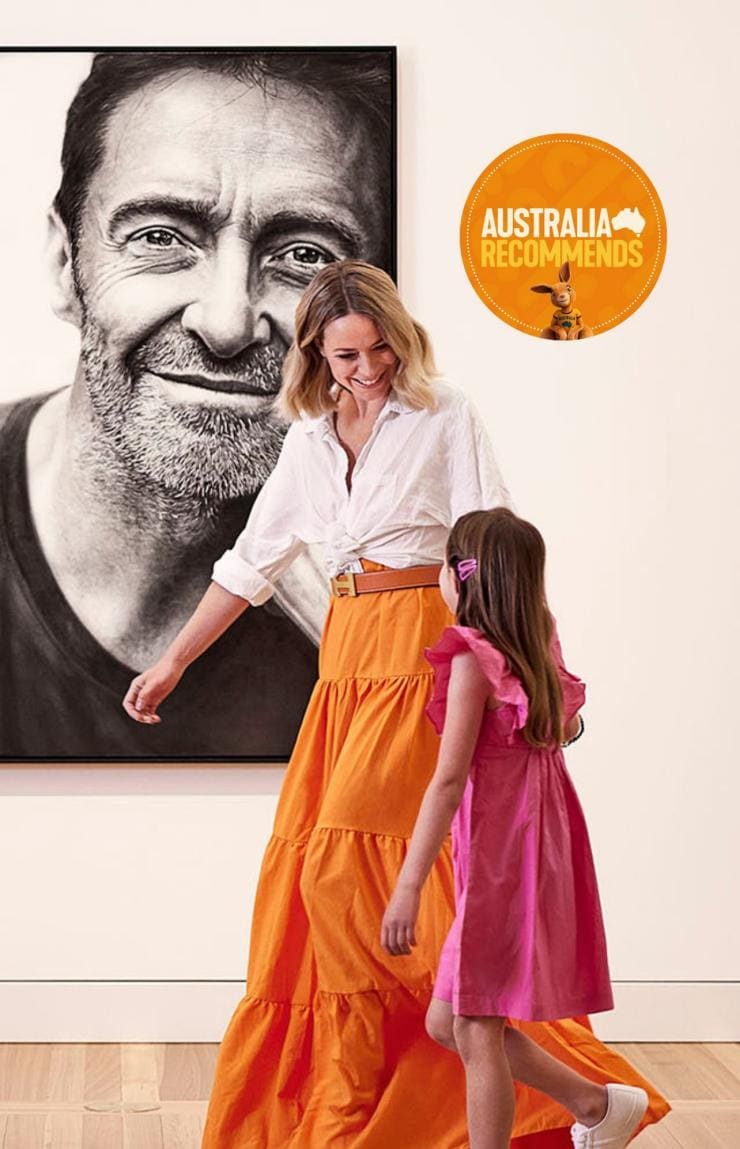Guide to Hobart
Aboriginal name: nipaluna (pronounced nip-ah-loona)
In Hobart, you can see world-renowned art, eat freshly caught seafood and climb a mountain all in one day.
The Tasmanian capital of Hobart is a dynamic city that surpasses expectations at every turn. Australia’s southernmost capital is brimming with history and bursting with creativity (hello MONA). It boasts an incredible food and wine scene with local produce making the short journey from farm to table, and is fringed by scenic wilderness.
Top things to do in Hobart
Do a Pennicott Wilderness Journey tour
Tasmania’s towering sea cliffs and neighbouring islands inspire adventurers of all ages. Slide through narrow gaps on purpose-built boats, spot dolphins and seals or pluck fresh seafood straight from the water with Pennicott Wilderness Journeys.
Reach the top of Mount Wellington
Cycle, walk or drive up to the summit of kunanyi/Mount Wellington and you’ll be met with astounding views. Take in the city, Bruny Island and the Tasman Peninsula as the sun rises and the mist dissipates. Seek out what the mountain has to offer.
Browse the local markets
From eclectic markets, vintage stores and one-of-a-kind boutiques, you won’t walk away from Hobart empty-handed. Explore the city's hidden laneways and market stalls for unique souvenirs that reflect the city’s history, culture and style.
Marvel at MONA
Can poo be art? Can a fluffy couch be alive? Find answers to these questions at The Museum of Old and New Art (MONA). Uncover why this home of eclectic art, fascinating exhibitions and some rather unusual discoveries is a Hobart must-see.
Meet Tasmanian Devils
Tasmania is home to some of the world’s most unique animals. Take the family to visit Bonorong Wildlife Sanctuary to get up close to Tasmanian devils and learn what makes this, and other native species, so special.
Visit Hobart’s convict sites
Visit World Heritage-listed sites and hear spine-tingling stories of crime and punishment from Tasmania’s convict past. From Port Arthur to the Cascades Female Factory, learn about Australia’s early history in ways that will stay with you forever.
Wander Hobart’s historic waterfront
Stroll the winding cobblestoned streets past old sandstone warehouses, explore galleries, markets and even a theatre along the way as you uncover the charm of this quaint and historic waterfront neighbourhood central to life in Hobart.
Take a trip to Bruny Island
Bruny Island may be small, but it packs a punch when it comes to things to see, do and eat. Its natural beauty will fuel the soul while its fresh oysters and delectable cheese will fuel the body. Get a taste for this special place.
Taste Tasmanian whiskey and craft beer
Whether you pop into Hobart’s historic breweries or take to the Whisky Trail, you’ll find plenty of opportunity to meet the makers and learn their secrets. Find out where to sample the best spirits, craft beers, ciders and more.
Kayak to fish and chips
Paddle along the waterfront and into the docks for a floating fish and chips experience at one of the many fish punts (floating restaurants). Find out why this unique tour is one of the most special ways to experience Hobart.

3 days in Hobart
Hobart trip planner

The Old Woolstore Apartment Hotel
Apartments, Hotels • Gym • 4 1/2 Stars
Accommodation
From AU$145 to AU$599

Hotel Grand Chancellor Hobart
Hotels • Swimming Pool • 4 1/2 Stars
Accommodation
From AU$229 to AU$399

The Lodge on Elizabeth
Bed and Breakfast, Hotels, Retreat and Lodges • 4 Stars
Accommodation
From AU$155 to AU$345

Travelodge Hotel Hobart Airport
Hotels • 4 Stars
Accommodation
From AU$99 to AU$259

Mayfair Plaza Motel
Apartments, Motels, Hotels • 4 Stars
Accommodation
From AU$99 to AU$299

Marquis Hotel Motel
Motels • Bar • 3 1/2 Stars
Accommodation
From AU$95 to AU$280

Mantra Collins Hotel
Apartments, Hotels • Bar
Accommodation
From AU$169 to AU$599

Sullivans Cove Apartments - South Street
Apartments
Accommodation
From AU$275 to AU$395

Sullivans Cove Apartments - Dockside Salamanca
Apartments
Accommodation
From AU$380 to AU$680

Sullivans Cove Apartments - Kelly Street
Apartments
Accommodation
From AU$225 to AU$395

































































































































































